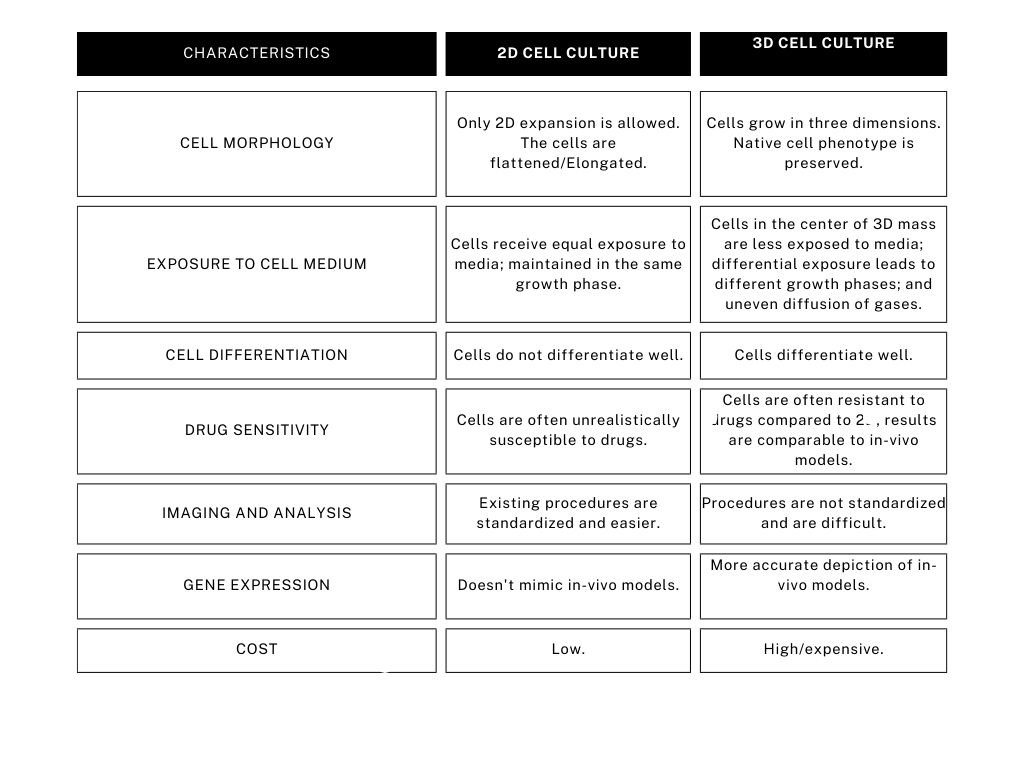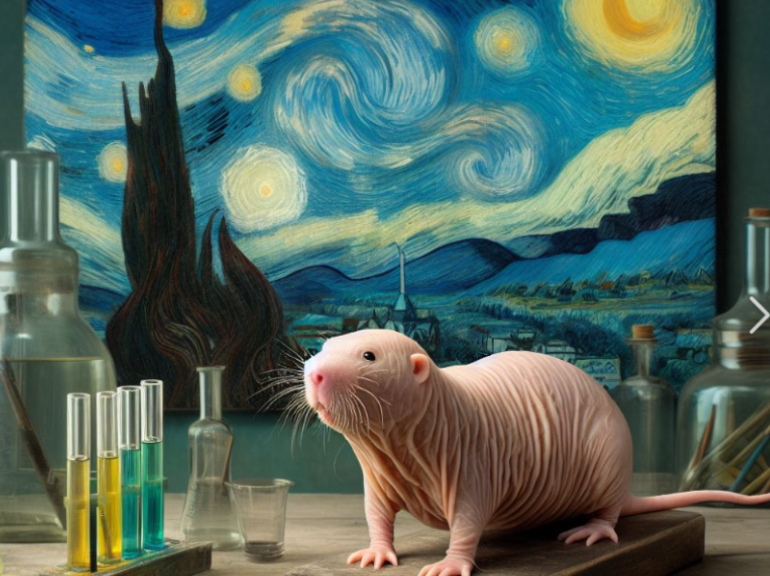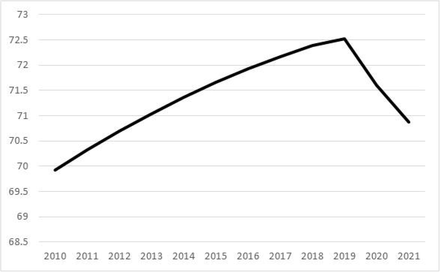If immortality means perpetuating our own metabolisms, why not? This kind of immortality, whether bionic or technological, is conceivable. Jean-Michel Besnier, French philosopher (translation, source).
This month’s theme: Our organs do not all age at the same rate
Introduction
We begin to age, each of us differently, before our birth. For example, the epigenetic age of male babies is in average higher than that of female babies. When we die of diseases related to old age, some organs may be still relatively “young”.
Different organs in the human body can age at different rates. Aging is a complex process influenced by various factors, including genetics, lifestyle, environmental exposures, and overall health. Some organs may show signs of aging earlier or more prominently than others due to differences in their structure, function, and susceptibility to damage over time as well as specificities of our behavior and habits.
The skin is often one of the first organs to show visible signs of aging, such as wrinkles and age spots, due to exposure to sunlight and other environmental factors. Similarly, the cardiovascular system may exhibit signs of aging through changes in blood vessel elasticity and function, leading to conditions like hypertension and atherosclerosis. The digestive system will slow down because of the weakening of the muscular contractions. The brain generally exhibits age-related changes such as a decrease in cognitive function and memory, but this varies widely among individuals and some centenarians can keep normal cognitive abilities due to the plasticity of the neural system.
Liver
The impact of aging on liver function remains a topic of limited understanding, with much of our clinical knowledge coming from transplantation surgery. While comparable outcomes have been observed in liver grafts from older donors, translating these findings to major liver resection poses challenges due to the substantial removal of liver mass.
Evidence suggests age-related alterations in liver processes, including post-transplantation deterioration of conventional liver function tests and regeneration issues, leading to poorer outcomes in older patients. Clinical studies often lack validated age cut-off values, making interpretation difficult.
Heart
As individuals age, they become increasingly susceptible to heart-related issues such as heart attacks, strokes, coronary heart disease, and heart failure. These conditions can significantly impact the quality of life for older adults and are major causes of disability. The aging process brings about changes in the heart and blood vessels. While the heart may not beat as rapidly during physical activity or stress as it did in younger years, the resting heart rate typically remains stable. However, one common age-related change is the increased stiffness of large arteries, known as arteriosclerosis or hardening of the arteries, leading to high blood pressure.
High blood pressure, along with other risk factors like aging, heightens the risk of atherosclerosis—a condition where fatty deposits accumulate in artery walls, narrowing and hardening them. This restricts the flow of oxygen-rich blood to organs and tissues, potentially leading to heart disease. Plaque buildup in the coronary arteries can reduce blood flow to the heart muscle, causing heart damage and potentially heart failure over time. Regular blood pressure checks are essential for older individuals, even if they feel healthy, as arterial changes with age can predispose them to hypertension. Valves in the heart may become thicker and less flexible, impeding blood flow and causing fluid buildup. Additionally, heart chambers may enlarge, while the heart wall thickens, increasing the risk of atrial fibrillation—a common rhythm disorder among older individuals.
Brain
As people age, changes occur in all parts of the body, including the brain:
Certain areas of the brain responsible for learning and complex mental tasks may shrink.
Communication between neurons in specific brain regions may become less efficient.
Blood flow to the brain may diminish and inflammation, a response to injury or disease, may rise. These brain changes can affect mental function, even in healthy older individuals.
For example, some may notice difficulties in complex memory tasks or learning, although they often perform equally well given extra time. This adjustment period is normal with aging. Evidence suggests that the brain retains the ability to adapt, enabling individuals to tackle new challenges as they age. The brain governs various cognitive functions such as memory, decision-making, and planning, crucial for daily tasks and independent living.
Common cognitive changes with aging include:
Older adults may take longer to find words or recall names. Challenges may arise in multitasking abilities. There may be mild decreases in attention span. However, aging can also bring positive cognitive changes. Older adults often exhibit larger vocabularies and deeper word meanings than younger counterparts, possibly due to accumulated life experiences and knowledge. Researchers are actively exploring how older adults apply this wisdom and its impact on brain function. Despite cognitive changes, older adults can still engage in various activities they’ve enjoyed throughout life. Research indicates they can: acquire new skills, create new memories, and enhance language skills
Lungs
Normal aging-related changes that affect the respiratory system encompass anatomical, physiological, and immunological shifts. Structural alterations include deformities in the chest wall and thoracic spine, reducing the compliance of the respiratory system and increasing the workload of breathing. The lung parenchyma experiences a loss of supportive structure, leading to the dilation of air spaces, often termed “senile emphysema.”
With age, respiratory muscle strength declines, potentially hindering effective coughing, which is essential for clearing airways. Lung function typically matures by age 20–25, after which a progressive decline is observed. Alveolar dead space increases, affecting arterial oxygen levels without significantly impacting carbon dioxide elimination. Additionally, airway receptors undergo functional changes, becoming less responsive to drugs compared to younger individuals. Older adults may experience decreased sensation of dyspnea and a diminished ventilatory response to hypoxia and hypercapnia, rendering them more susceptible to ventilatory failure during periods of increased demand, such as in heart failure or pneumonia, potentially leading to poorer outcomes.
At least one lung is necessary for survival. While there is a documented case of a patient surviving for six days on life support after both lungs were removed until a lung transplant was performed, this is not a routine procedure and long-term survival without lungs is not possible. However, living with just one lung is feasible. Pneumonectomy, the surgical removal of an entire lung, is typically performed due to conditions like lung cancer or injury. Many individuals with one lung can achieve a normal life expectancy, although they may experience limitations with vigorous activities and may still have shortness of breath.
Kidney
Human aging is associated with molecular, structural, and functional changes in various organ systems, including the kidneys. As people age, their kidneys undergo progressive functional decline along with macroscopic and microscopic histological alterations, which are exacerbated by systemic comorbidities like hypertension and diabetes mellitus, as well as preexisting or underlying kidney diseases. Although aging itself does not cause kidney injury, the physiological changes associated with normal aging can impair the kidney’s reparative capacity, making older individuals more susceptible to acute kidney disease, chronic kidney disease, and other renal conditions
Cell senescence plays a crucial role in renal aging, involving numerous cellular signaling mechanisms. Many of these mechanisms could potentially be targeted for interventions aimed at slowing or even reversing kidney aging. The clinical characteristics of renal aging highlight recent advances in understanding the role of cell senescence in this process and explore potential interventional strategies and novel therapeutic targets.
Life is incompatible with the complete loss of kidney function, though hemodialysis can serve as a substitute. However, unlike most other organs, our kidneys are overengineered, providing more capacity than necessary. In fact, a single kidney with just 75 percent of its functional capacity can sustain life effectively.
Thymus
The thymus is one of the useful organs, but not necessary for our survival. The size reduces with age and totally disappears for many people aged 60 or more.
Surgical removal of the thymus (thymectomy) is occasionally necessary for treating conditions like thymic tumors or myasthenia gravis. People can live without a thymus. However, studies have shown that removing the thymus in infants is linked to a higher risk of infections and autoimmune disorders. Adults who undergo this procedure typically experience fewer adverse effects.
You can also live without your pancreas, spleen, and gallbladder, as well as without organs such as your appendix, colon, and, for women, the uterus and ovaries. We can also live with only one lung or one kidney. However, living without these organs requires some lifestyle adjustments. It’s important to take any prescribed medications, monitor your blood sugar, and stay active.
Life of the organs after death
Organs have varying durations of viability after death, dictating the urgency of matching them with recipients. Here’s a breakdown:
Heart: 4-6 hours
Lungs: 4-6 hours Similar to heart transplants.
Liver: 8-12 hours.
Kidneys: 24-36
Conclusion
Aging is a fascinating process that slowly affects all parts of your body. To find a way to escape senescence, we will need either to find a way to stop senescence in each part of the body or, more probably, to find a global way and check if it is working for all body parts.
The good news of the month: In Europe, we live longer than ever before.
In Europe, we live now longer than before the Covid-19 period. in 2023, life expectancy at birth in the EU was 81.5 years, up 0.9 years from 2022 and 0.2 years from the pre-pandemic level in 2019, data released by Eurostat on May 3.
This is a very positive evolution and the best progress in one year since many years. This means also that the negative consequences of the covid-19 are finally behind us.
In 15 out of 27 countries, life expectancy exceeded the EU average, with the highest expectancy recorded in Spain (84.0 years), Italy (83.8 years), and Malta (83.6 years). On the opposite side, the lowest life expectancy at birth is in Bulgaria (75.8 years), Latvia (75.9), and Romania (76.6).
For more information
- Heales, Longevity Escape Velocity Foundation, International Longevity Alliance, Longecity, and Lifespan.io
- Heales Monthly Science News
- Heales YouTube channel
- Contact us










